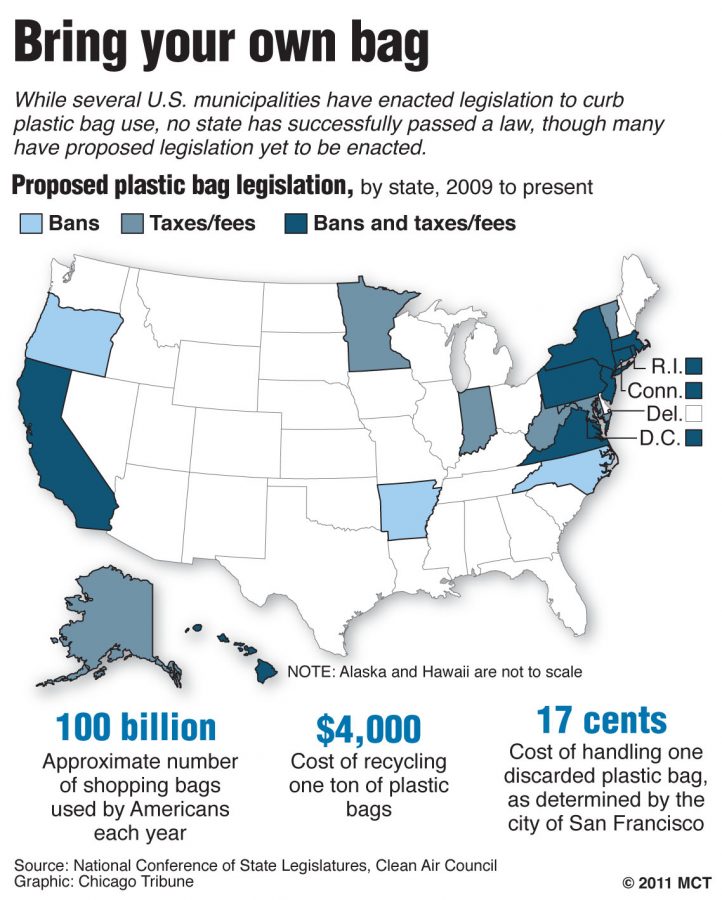Reduce and Reuse Before You Recycle
From preschool, we’ve been taught the three R’s – reduce, reuse, recycle. But does the third truly belong as a statute of environmentalism?
Recycling has long been a means to make an effort to save the earth, as an average citizen. However, the recycling of waste is only a bandaid to the deeper issue of a widespread consumerist mindset. Furthermore, the good that recycling does accomplish is weakened by the inefficient system of collecting, sorting, and processing recyclables.
This system is a large contributor to greenhouse gas emissions, for a practice touted as environmentally responsible. The transportation alone of materials to a processing plant pollutes the atmosphere.
According to Kelsey Clough, a writer for Mic.com, a digital news company that focuses on contemporary issues, “Curbside recycling requires more trucks for collecting the same amount of waste. In most communities, this requires, on average, twice the amount of waste disposal vehicles.”
Before even beginning the process of converting used papers, plastics, cardboards, and metals into new versions ready for use by manufacturers, the act of recycling adds to carbon emissions.
Even disregarding the damage created in moving the materials, once recyclables arrive at a plant, only a portion are viable candidates for processing. Typically, each type of plastic requires a different process to break down and reform. According to Amy Westervelt, a Forbes writer, in her article titled, “Can Recycling Be Bad for the Environment,” when there isn’t enough of a type of plastic, the items get dumped in the landfill, anyway. Additionally, the packaging for numerous products include more than one type of recyclable material – rendering the entire product unfit for recycling. When materials are combined, the difficulty of breaking down an item increases dramatically.
Simon Ellin, the chief executive of the Recycling Association in the UK, cites a Pringles can as an example of such difficulty. It contains five different elements, all of which must be separated and broken down to be properly recycled, and in the end, four out of the five elements will likely end up as waste.
While some sources may tend to blame consumers for their loose recycling habits, the real issue is in packaging design — products are designed with convenience and frugality in mind, rather than the impact on the environment.
Once the few materials that can be converted into new products are, a large amount of the original packaging is lost, and the new item is likely not recyclable itself. Thus, the bulk of what we call recycling is not.
Rather, it is ‘downcycling.’ According to an article headlined “The Recycling Game is Rigged Against Us” by Faye Flam appearing on Bloomberg.com, “all current ‘recyclable’ plastics can’t go back into packaging but get a second life as a handbag or lawn chair before settling into landfills as their final resting place.”
Lastly, the broad acceptance of such a poor system affirms our growing consumerist society.
According to the article, “The problem of recycling and the key to moving beyond it” by Faye Flam as appearing on Medium.com, “Recycling perpetuates an unsustainable system…We think we’re being green, but our actions are just sustaining the production of packaging that is often single-use or excessive and usually made from plastic.”
We have the obligation to consider more closely the items we buy, and think about their potential impact. Instead of settling for the convenience of disposables, products with excessive packaging, and plastics, we must choose items for their reusability, eco-friendly materials, and limited packaging.
Rather than recycle, we as consumers must consume less.






